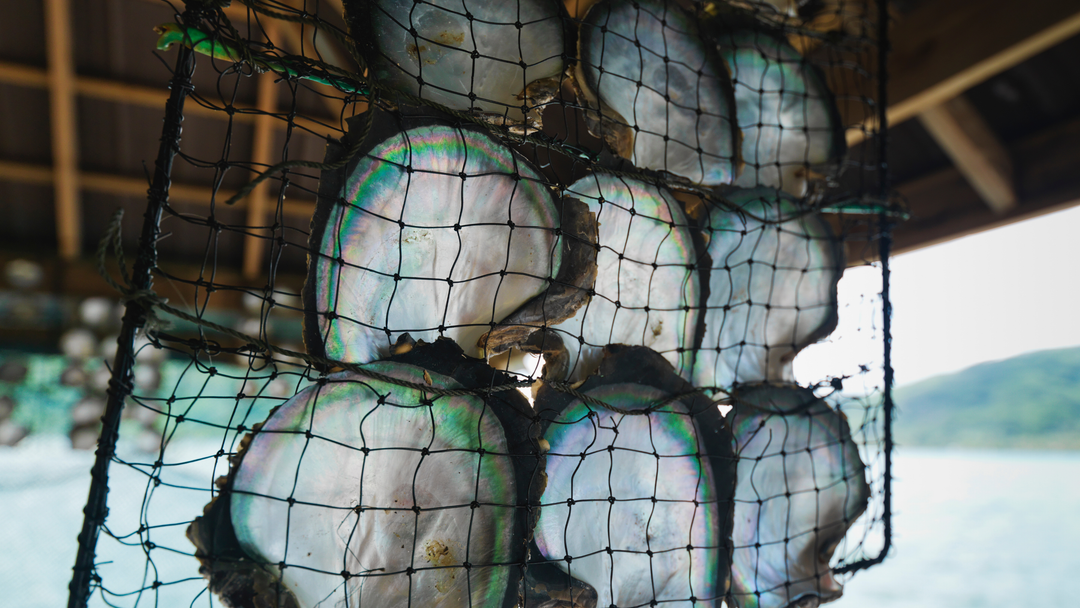The Truth About the Flame Test: Can You Really Spot Fake Pearls with Fire?
As a pearl expert, I've had my fair share of inquiries about how to distinguish real pearls from fake ones. While my most popular video outlines four reliable methods, the "flame test" wasn't one of them. Yet, many of you have asked about it, insisting it works. So, I decided to dive into this fiery experiment. Spoiler alert: it involves burning pearls. But does it really reveal the truth about their authenticity? Let's find out.
The Fiery Experiment: Testing Fake vs. Real Pearls
To kick things off, I decided to put both fake and real pearls to the test. The premise is simple: expose them to fire and observe the results. First up was the fake pearl. Here's what happened:
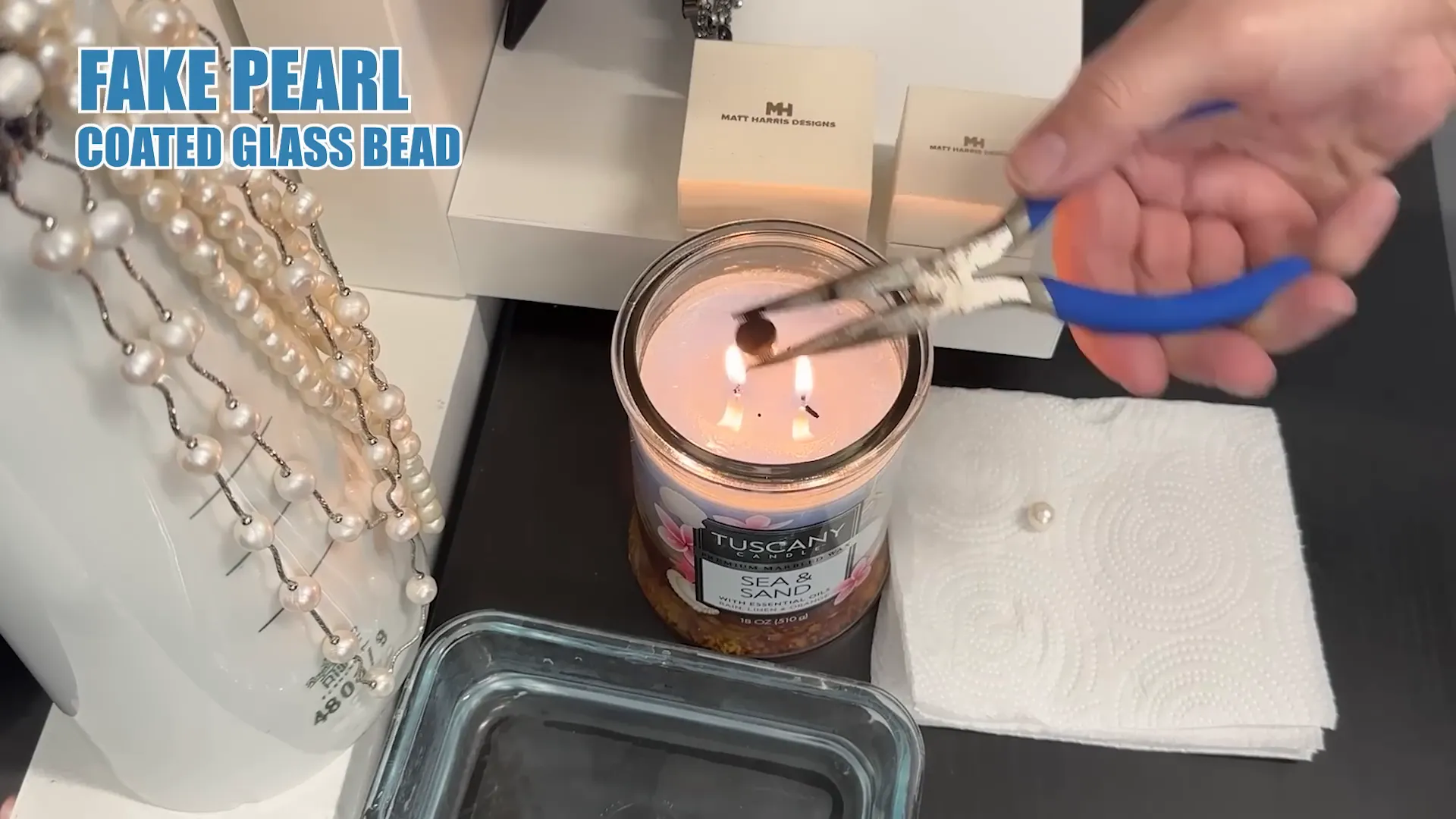
Next, I subjected a real pearl to the same fiery ordeal:
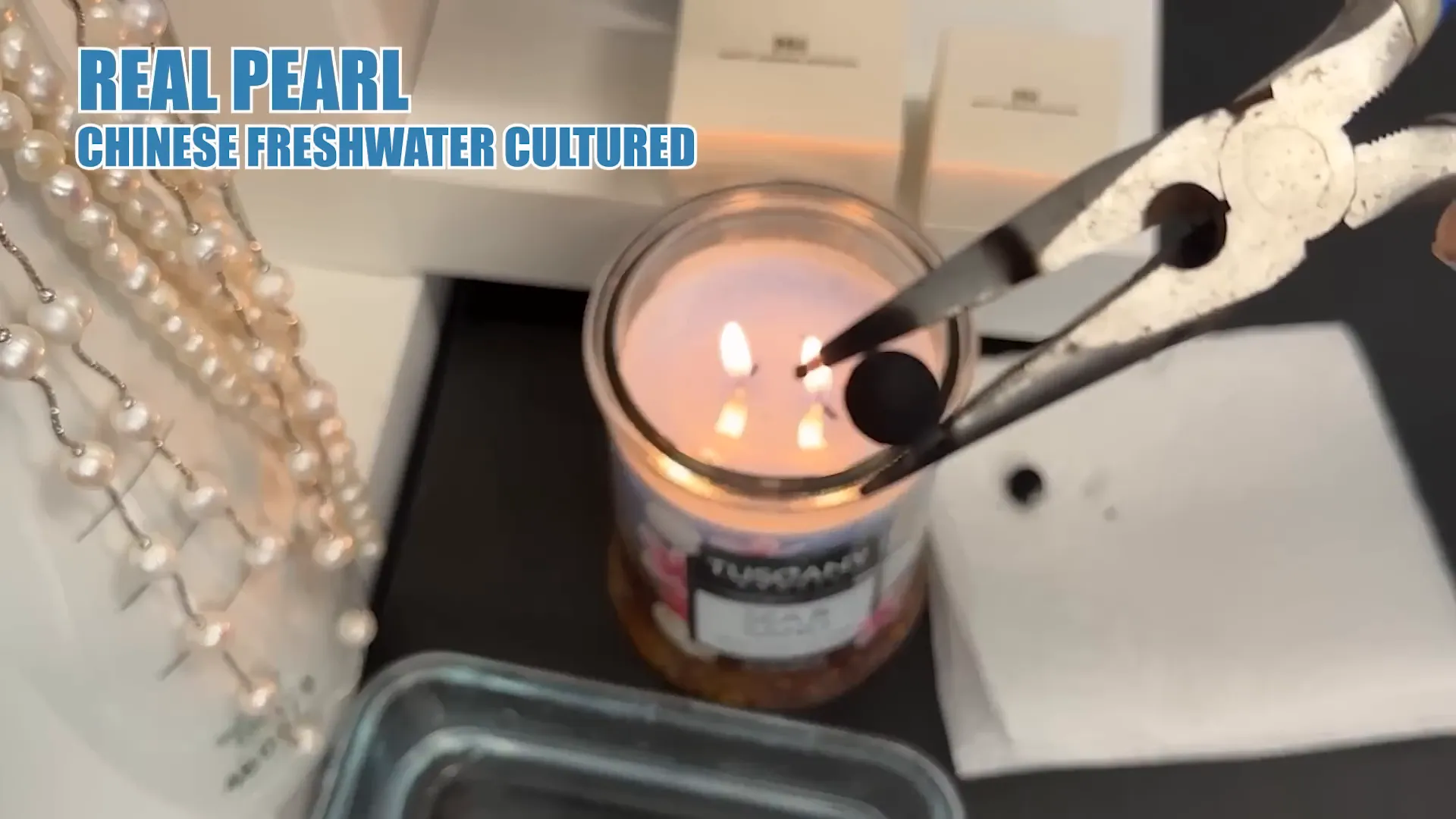
At first glance, both pearls appeared burnt. However, the theory is that a real pearl can have the soot wiped off, while a fake one will be irreparably damaged. Let's take a closer look.
Results of the Flame Test
After cooling the fake pearl in water, the results were clear. The coating had burned off, and it cracked, likely due to the sudden temperature change. This confirmed the fake pearl's inauthenticity.
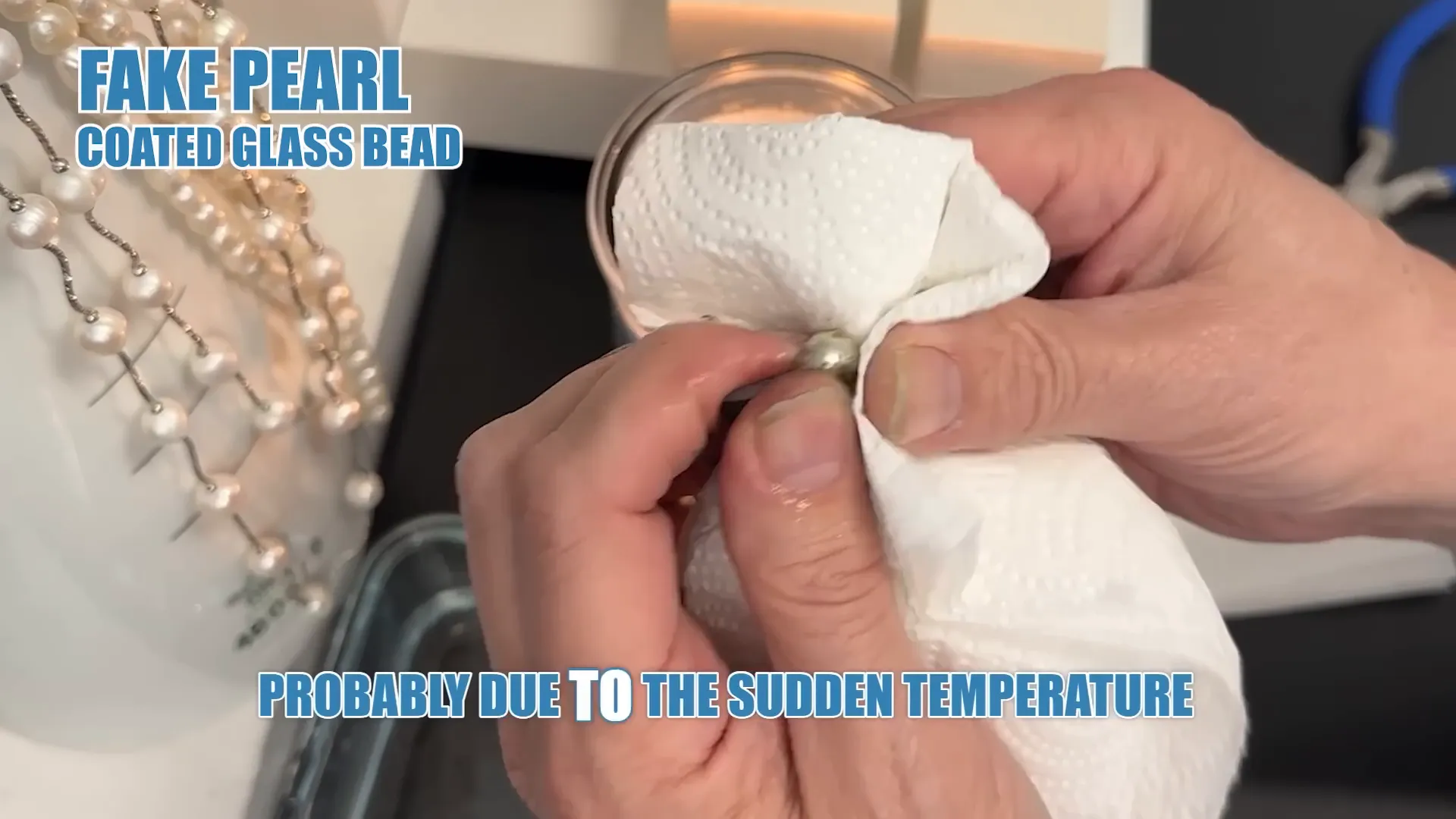
As for the real pearl, it initially seemed unaffected. But upon closer inspection, I noticed a slight yellow tint that couldn't be scrubbed off. Comparing it to another pearl from the same batch revealed a discernible, albeit minor, burnt tinge.
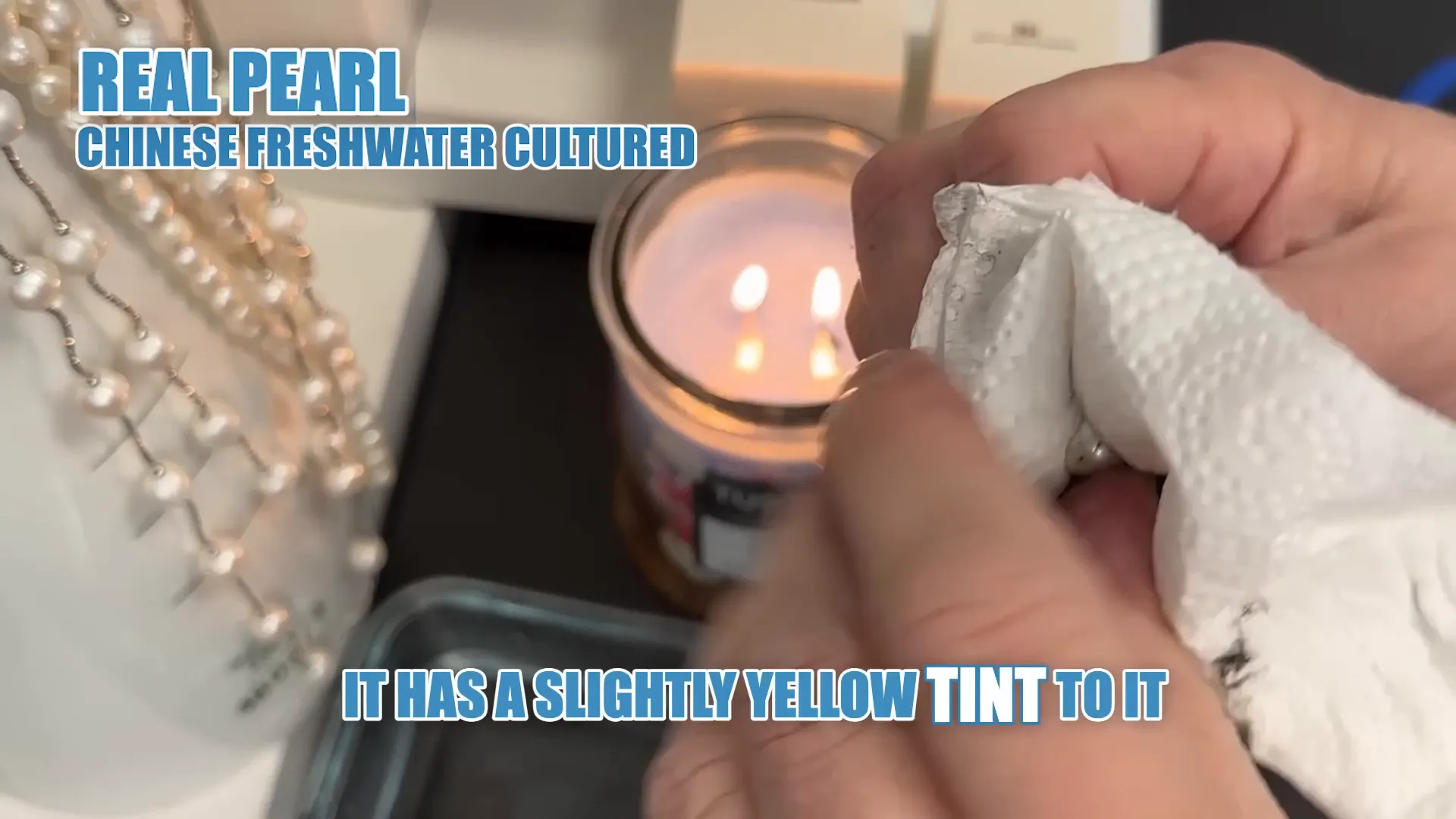
Why the Flame Test Isn't Practical
The flame test may have shown some distinguishing effects, but why didn't I include it in my original guide? The answer is practicality. Let me illustrate this with a real-world scenario from a local flea market in Austin.
I approached a vendor with a set of lovely pearls. After getting permission to test them, I proceeded with a flame test. The result? A charred mess. Not only did I destroy what could have been a lovely set of pearls, but the string also suffered from the flames.
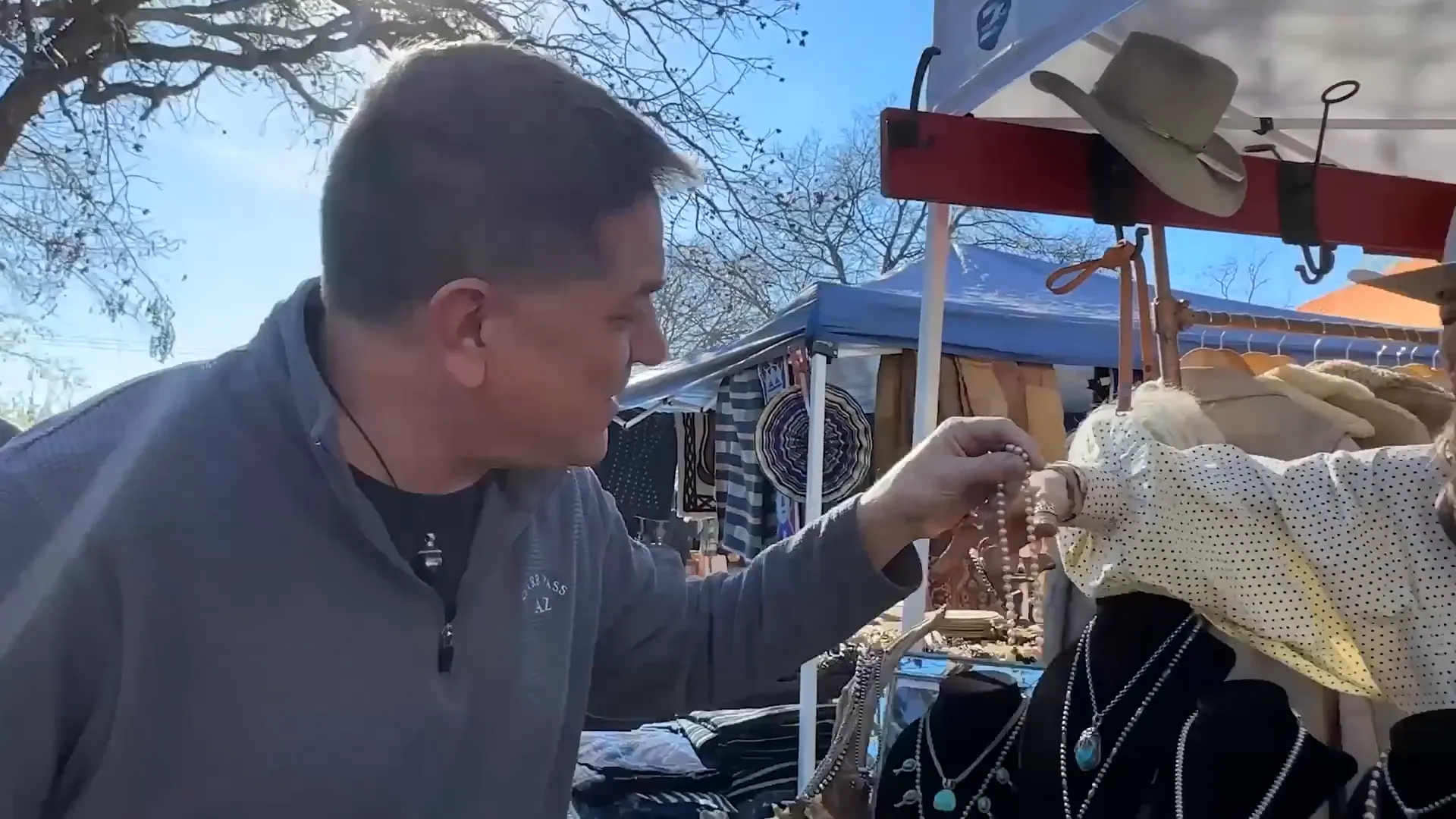
Thankfully, the vendor was a friend, and I had donated the pearls for the experiment. But this situation highlights why the flame test is not a practical method for everyday use. There are less destructive ways to authenticate pearls.
Alternative Methods to Authenticate Pearls
Instead of resorting to fire, consider these non-destructive techniques:
- Rubbing: Gently rub the pearls against each other. Real pearls feel gritty due to their natural texture.
- Tooth Test: Lightly rub a pearl against your tooth. A real one will feel slightly rough.
- Visual Inspection: Look for imperfections. Real pearls have unique blemishes.
These methods are safer, more practical, and won't ruin the pearls or their string.
Final Thoughts: Stick to Safe Testing Methods
While the flame test can reveal some truths about pearl authenticity, it's not a method I recommend. It's destructive, impractical, and can lead to unnecessary damage. There are more effective and less harmful ways to determine if pearls are real.
For those curious about authenticating pearls, I encourage you to check out my other video on four reliable methods. Keep the questions coming—I love hearing from you and creating content that answers your curiosities. Until next time, keep your pearls safe and sound!
To see the video version of this blog pot and to learn more about pearls, pearl fashion and pearl history, visit Matt Harris Pearls YouTube Channel. ![]()




